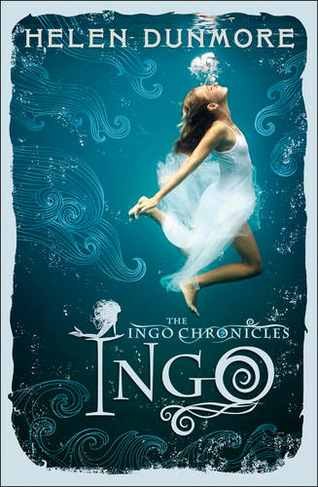

Dualities-skepticism and belief, collective memory and individual perception, the pull of Mer life versus Sapphy's family love-persist to the tale's end and beyond. Dunmore makes both settings riveting, and captures Sapphy's lonely struggle through the heroine's first-person narrative.

She subtly intercedes as Sapphy vacillates, "cleft" between her Mer and Air identities, and also suggests that Ingo is "breaking its bounds," intruding into the Air world. A wise beekeeper, whom some suspect is a witch, seems to know Mathew's fate.

Ingo, the undersea world about which their father sang, beckons overpoweringly, and Sapphy, who is drawn back there repeatedly, begins to understand the Mer language. Mer children Faro and Elvira begin to court the siblings, introducing them to such marvels as breathing underwater and swimming with dolphins. Even a year after his disappearance, Sapphy and Conor refuse to believe their father is dead, while their mother begins to move on, befriending a visiting diver. When Dad disappears, and part of his boat is found, the family holds a memorial service and moves painfully through grief. Their father, Mathew, a fisherman and photographer, adores the sea on the other hand, their mother has, in her words, "good reason to fear" it. Her father disappeared at sea, and now her brother, Conor, keeps vanishing by the shore, too. Sapphire, 11, and her older brother, Conor, have grown up in a close-knit family, loving the tidal cove below their cottage. Ingo Helen Dunmore, Click to preview There is a legend in Cornwall of a man who fell in love with a mermaid, a man who swam down into the sea one night and met his Mer love. , for adults) richly imagined fantasy, her first for young adults, posits tension between two parallel worlds: one undersea, the other along the rocky Cornwall coast.


 0 kommentar(er)
0 kommentar(er)
